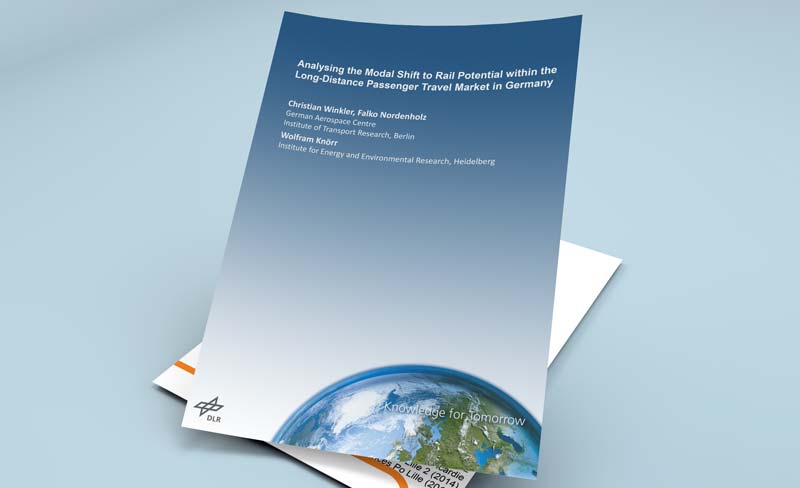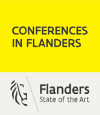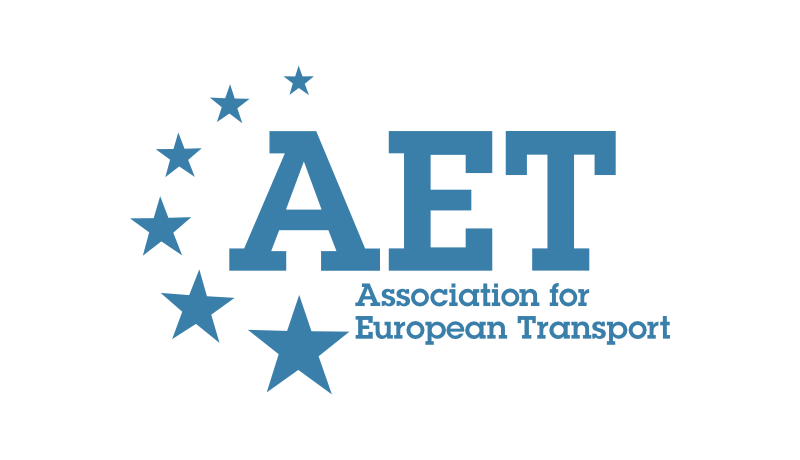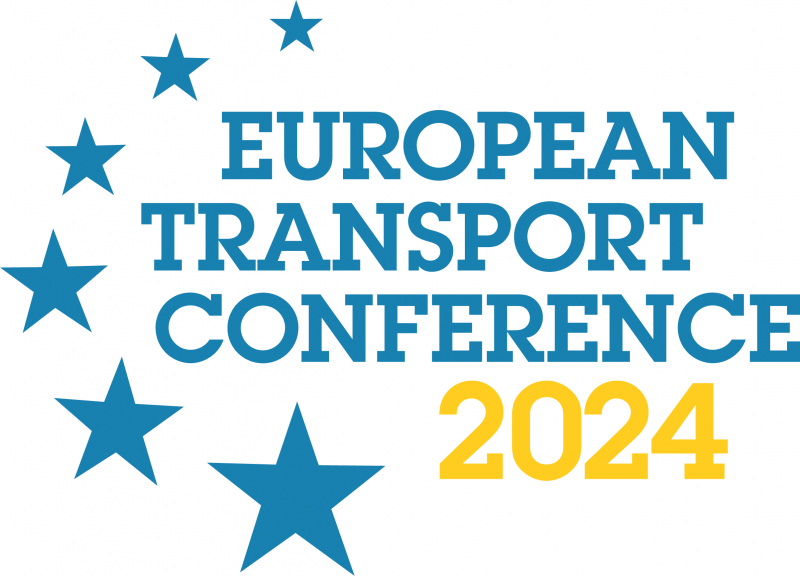-
Past ETC Papers

Browse, search and view papers from the past AET Conferences.
-
Members' Area

AET promotes networking and exchange of ideas, information and opportunities amongst members.
Conference Papers 2020
Online
ETC Conference Papers 2020
Future Sustainable Mobility – Moved by Design
Seminar
Day 1 (9 Sep 2020), Session 3, Experience, 15:30 - 17:30
Status
Accepted, documents submitted
Submitted by / Abstract owner
Kai Voeckler
Authors
Peter Eckart, Kai Vöckler, Offenbach University of Art and Design, DE
Short abstract
To meet the challenge of making mobility sustainable one must first define more closely what mobility design is: MOBILITY DESIGN is modelled on the vision of user-oriented intermodality
Abstract
To meet the challenge of making mobility sustainable one must first define more closely what mobility design is: MOBILITY DESIGN is modelled on the vision of user-oriented intermodality. It considers mobility in its entirety, as a basic human need that must be anticipated, respected, and met—in all areas of society. To design and maintain sustainable forms of mobility one must guarantee, firstly, the comprehensive availability both of environmentally friendly mobility services and of sufficient infrastructure and equipment; and, secondly, the smooth organization of all operational procedures within the mobility system.
To design mobility systems and mobility processes in both the public and private spheres is to open up a new dimension in sustainable spatial planning that may radically transform society. Design must always be taken to mean transdisciplinary mobility design—for this type of design takes into account the users’ interaction with the mobility system, whatever the field of application or specialized discipline. The design of new, sustainable, and networked forms of mobility can accordingly be divided into two distinct yet interrelated task areas:
—the comprehensive interdisciplinary design of a mobility system that takes into account the latter’s organizational and institutional logic as well as the broader political framework respectively the attendant ecological, economic, and social constraints
—the design of users’ interaction with the respective mobility system, in light of each specific discipline (Design, Architecture)
Mobility systems must take into account the users’ needs—which is to say, the users’ demand for certain (effective, affordable, quality) forms of mobility—as well as how those needs are currently met (if at all) by existing mobility programs (i.e. by the present transport infrastructure and available means of getting around). Mobility design shapes users’ interaction with the mobility system, which consists of time- and movement-based usages, the physical form and organization of products and spaces, the digital interface, the logic of information transfer, and the underlying technical infrastructure. This necessarily implies a systemic approach to mobility design; and it further requires that various types of mobility-related expertise be pooled. Mobility design must accordingly always be tackled as an interdisciplinary task. Design is the integrative element, because good design decisions communicate the human users’ needs to the mobility system and also shape the mobility system in ways such that it anticipates and meets those needs. Design can vastly influence the user experience.
The IDS LOEWE Research Cluster, “Infrastructure—Design—Society (2018–2021),” is to examine issues of individual mobility in interaction with public transport (transit) systems and their attendant infrastructures. The four research partners (HfG Offenbach, lead; Technical University Darmstadt; Goethe University Frankfurt; Frankfurt UAS) are accordingly developing concepts for the promotion of multimodal, environmentally friendly mobility behaviors.
Programme committee
Local Public Transport
Documents:

Association For
European Transport
Forester House
Doctors Lane
Henley-in-Arden
Warwickshire, UK
B95 5AW
+44 (0) 15 64 793552
VAT number: 710 1866 64
Conference Supporters & Endorsers




Legal Entity
The Association for European Transport is registered as an Association ('vereniging') with the Chamber of Commerce for Haaglanden in The Netherlands under company number 27170096.
Built on Zenario




